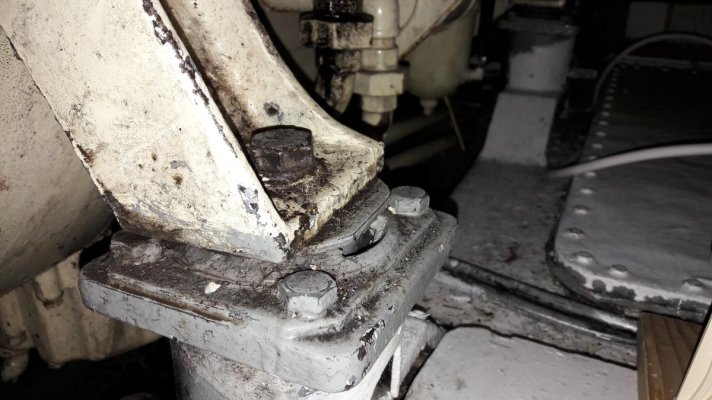nmuir
Senior Member
I am looking for some insights on engine mount deterioration from the forum members. First the background: I have a trawler with twin Cummins 555’s, so big old heavy beasts. I am looking to cut down noise and vibration – of which there is quite a bit! The recommended process is to address vibration before investing in upgraded sound barriers etc. I am therefore wondering about the engine mounts. The ones installed are twin mount DF 242’s as per DF 242 Mounts | Marine Engine | Rubber Vibration Isolators, four twin mounts per engine. They are not obviously damaged or broken, but they are likely 25 years old. It would be difficult / expensive to change to a different engine mounting system, so replacement DF 242’s are the most practical option to consider.
My question for the forum is: do the elastomer elements harden over time such that replacement engine mounts - like for like - would decrease the vibration / improve things?
I look forward to thoughts and views!
My question for the forum is: do the elastomer elements harden over time such that replacement engine mounts - like for like - would decrease the vibration / improve things?
I look forward to thoughts and views!


